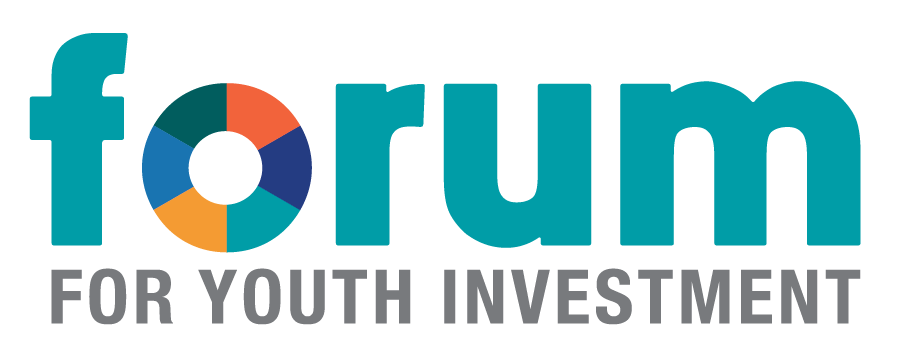Personal Reflections from Karen Pittman on the First Week of 2021
When my phone's emergency alert alarm went off at 3 pm Wednesday, I knew it wasn't a weather emergency. The Mayor was shutting down the city. I assumed that the violence many of us dreaded had started. It wasn't until I finished my virtual meetings and turned on the news, however, that I saw the scope and seriousness of the events. It did not take long to process them: White nationalists had successfully breached the U.S. Capitol. I am still working to fully understand the motivations of the leaders - from elected officials to law enforcement - who fueled that rage and then let this happen. This was not a natural disaster. This was a man-made disgrace.
What I am really struggling with is how to respond to them. What can I do? What should I do?
